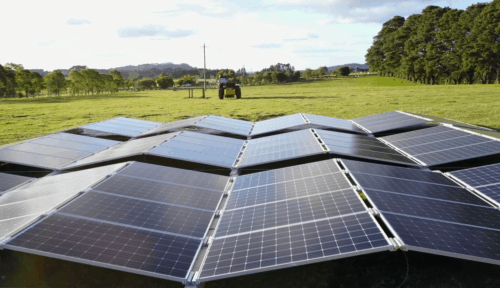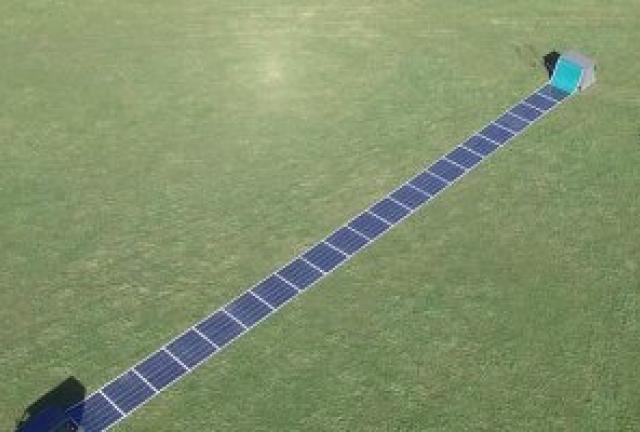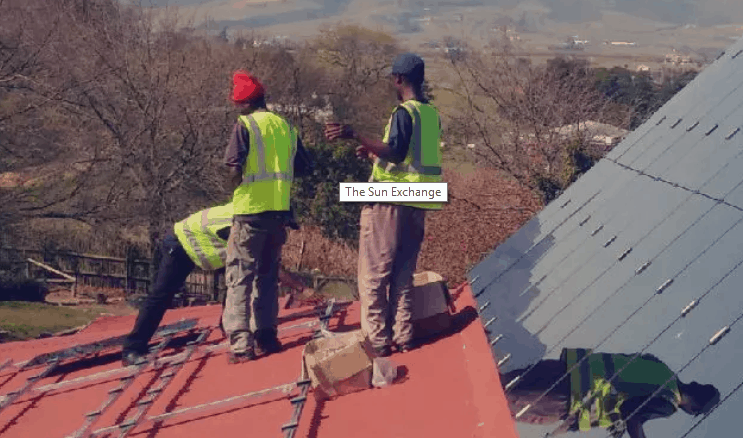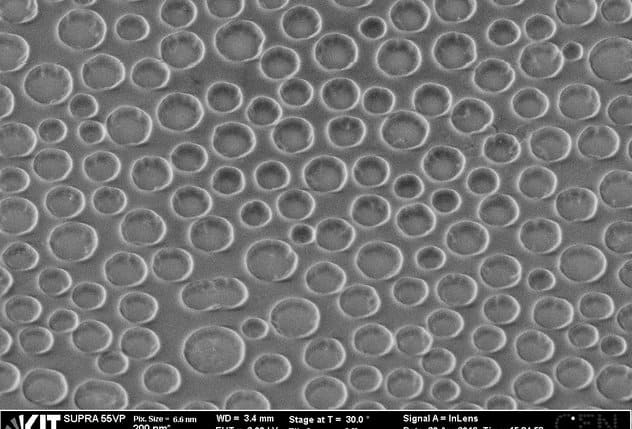A world first in Byron Bay this week – the world’s first ‘true’ solar train will run on a 3km section of the now disused Casino-Murwillimbah line, linking the Byron Bay town centre with the Elements of Byron resort north-west of Byron. It’ll be delivered within the next week or so.
Byron Bay Solar Train
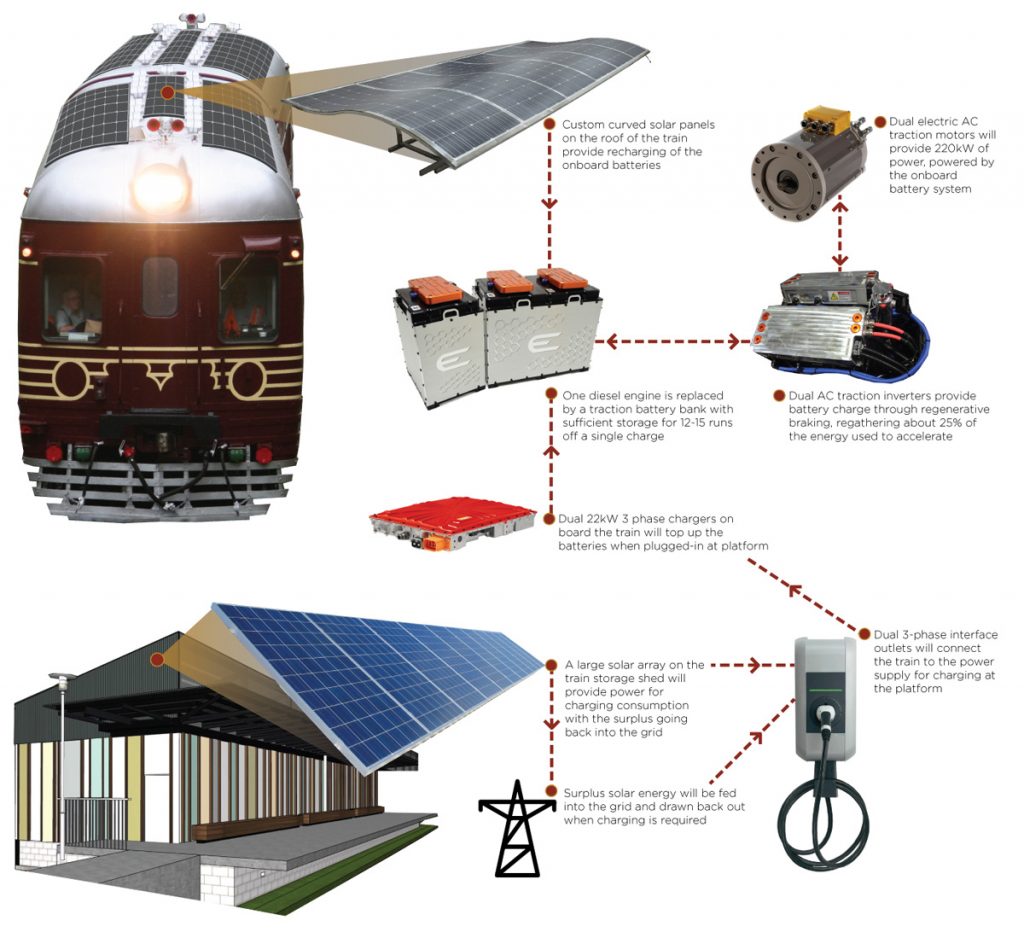
Funnily enough, in an apt sign of the times with regards to the shift to renewables Australia is currently experiencing, the Elements of Byron resort is owned by coal businessman Brian Flannery. He also owns the solar train company itself – a not for profit named The Byron Bay Railroad Co.
Solar panels have been used to power train lights before, but the Byron Bay Railroad Co. say their train will be the first to run purely on solar power. The 100-seat train will also have a diesel motor as a backup.
It’s currently being sent from Lithgow, the train has had eArche solar panels and battery storage installed. The eArche panels were recently introduced to Australia by Chinese businessman and longtime solar power enthusiast Zhengrong Shi. They’ve been manufactured by his Hong-Kong based company SunMan Energy.
30kW of PV Solar panels have been installed on the station and storage shed built next to the Elements of Byron resort, and the train itself will feature 6.5kW of the SunMan eArche flexible, lightweight solar panels Shi brought to the market earlier this year. This is important as the flexible panels are able to be adapted to the contour of the train so as not to interfere with its aesthetics. The train will also have 77kWh of Kokam solar batteries installed, and the timetable has been tweaked so they are able to use renewable energy at almost all times.
Nick Lake, from Nickel Energy, who consulted on the project, told RenewEconomy last week that the solar train was chosen due to community resistance to the idea of a diesel train (noise, pollution, etc.)
“There was fair bit of community resistance to the idea of a diesel train,” Lake said. “So we started exploring what the options were. We looked at how much power was needed, noted it was a flat run, and that helped size the electric motors.”
Have a look at their website by clicking here. Have you been on the Byron Bay Solar Train? Let us know in the comments, we’d love to hear about it!


